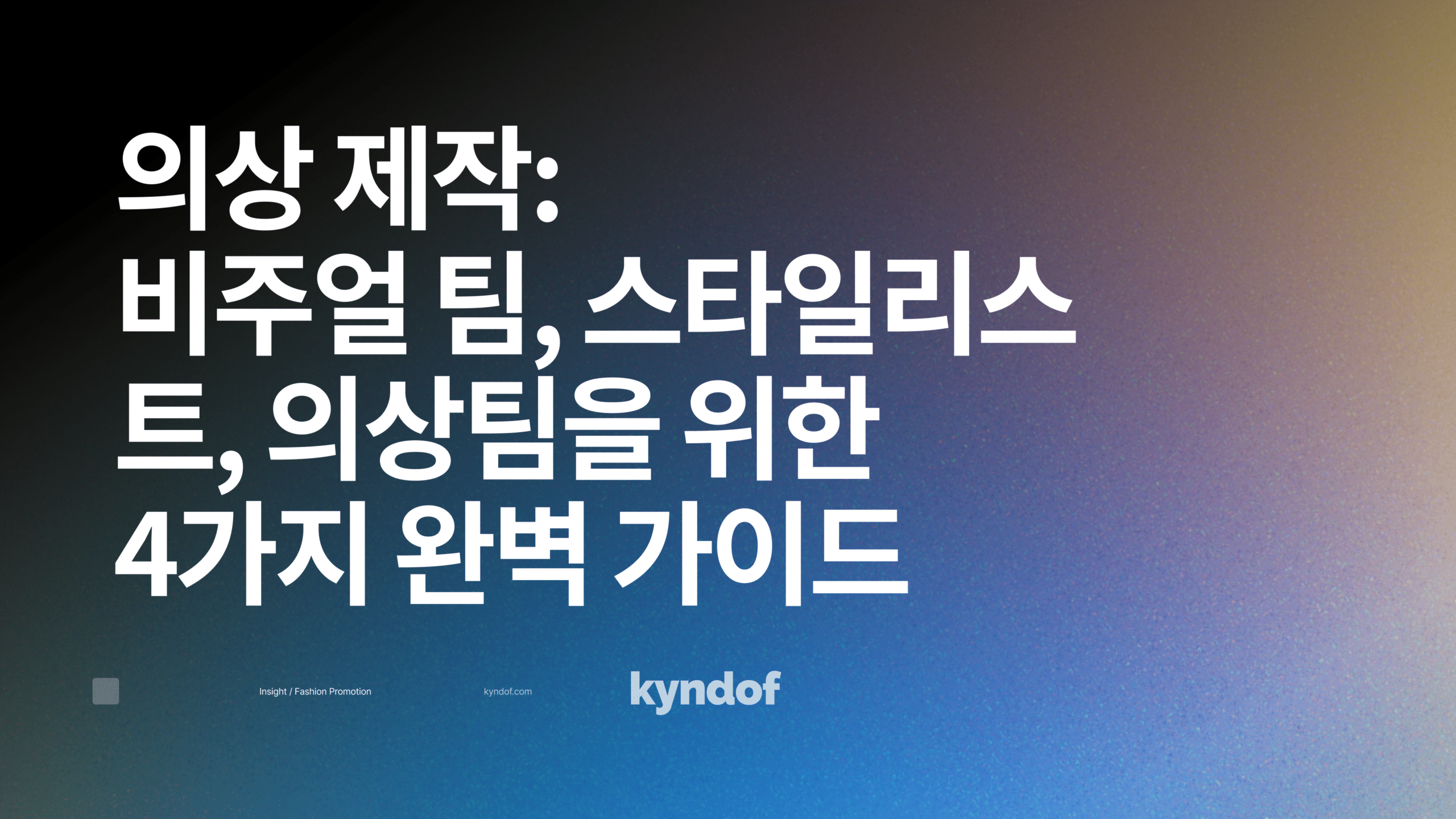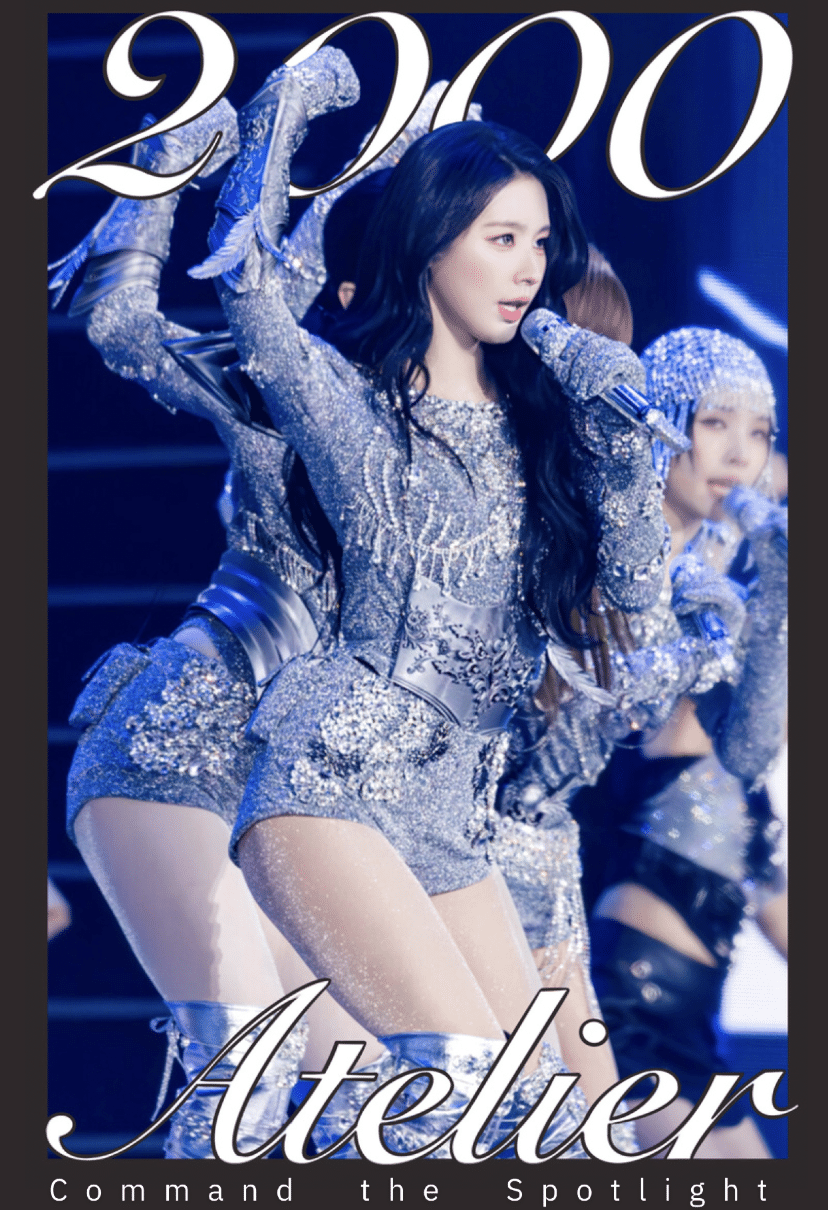Introduction: How Fashion Brands Can Thrive Amid Change
In a fast-evolving fashion landscape, brand owners are facing a crucial crossroads. With economic uncertainties, changing consumer habits, and geographic shifts in purchasing power, brands must act now to seize opportunities in 2025. This article breaks down the key market forces and consumer behaviors that are reshaping the fashion industry—and how your brand can stay ahead.
1. The Global Economy and Sluggish Growth Prospects
According to the 2025 State of Fashion report, the fashion industry faces continuing sluggish growth, with revenues expected to stabilize in the low single digits. Luxury fashion, which historically led growth, will no longer be the primary driver—instead, non-luxury segments are predicted to fuel the entirety of economic profit gains for the first time since 2010 (excluding the pandemic years). Fashion executives are split in their expectations for 2025, with just 20% expecting improved market conditions[1][3].
Key Insight: Brands focusing on value-driven consumer segments are likely to capture more growth compared to high-luxury segments. Brands should also consider diversifying geographically to adapt to regional economic shifts.
2. A New Focus on Asia’s Growth Engines
Growth opportunities in the Asia-Pacific region are diversifying beyond China. Mature APAC markets like Japan and Korea, as well as emerging markets such as India and Thailand, are promising new growth engines. Japan is seeing strong luxury demand driven by inbound tourism and ongoing currency weakness. At the same time, India, which is poised to become the fourth-largest economy in 2025, has become a focal market for high-street brands and luxury fashion players alike[2].
Key Insight: Brands need to localize their go-to-market models, adjusting pricing and distribution based on the unique needs of each Asian market. Engaging local influencers and tailoring marketing messages to regional cultures will be vital.
3. The Importance of Value-Driven Shopping
With consumers facing economic uncertainty, there has been a clear shift toward value-driven shopping. Brands that adapt to the increased demand for affordability, resale, and versatility are seeing success. In the US, traditional off-price retailers such as TJX and Ross reported revenue growth at almost double the average of broader fashion companies. Similarly, the resale market continues to boom—it’s expected to account for 10% of the global apparel market by 2025[3].
Shoppers have also embraced the trend of “dupe” products—affordable versions of high-end goods. For example, Lululemon hosted a pop-up to replace consumers’ “dupe” leggings with authentic Lululemon items, showing they understand the value-conscious consumer[3].
Key Insight: Brands need to align product lines with consumer price sensitivity while also emphasizing quality and craftsmanship in their messaging. Exploring channels like resale platforms, outlets, and discount strategies can help brands attract entry-level customers who may become loyal consumers over time.
4. Intergenerational Appeal and the Silver Generation
While many brands are focused on Gen-Z and Millennials, the growing demographic aged 50 and older—often called the Silver Generation—represents an increasingly important segment. This age group drives 48% of global consumer spending growth, yet remains largely overlooked by fashion brands. Retailers like Uniqlo have successfully tapped into this market by offering functional, high-quality apparel that has a broad, intergenerational appeal[3][4].
Key Insight: Brands that understand the needs of the Silver Generation and create versatile collections to serve multiple generations will have a competitive edge. Consider incorporating functionality, comfort, and quality messaging to resonate with mature shoppers.
5. Reimagining Product Discovery Through AI
AI-powered personalization and product discovery are on the rise. The State of Fashion 2025 survey revealed that 50% of executives see AI-driven product discovery as a key use case for 2025. Platforms such as Zalando have embraced AI to reinvent product discovery, with personalized suggestions and curated content based on consumer behavior. As consumers feel increasingly overwhelmed by choice, brands can harness AI to help simplify and personalize shopping experiences[3].
Key Insight: Leverage AI technologies to offer personalized shopping experiences that increase customer satisfaction and conversion rates. Retailers who make it easy for consumers to find relevant products are well-positioned to grow.
Conclusion: Moving Forward in 2025
Fashion brand owners must adapt to stay competitive in 2025 by understanding the forces shaping the industry. From embracing value-driven shopping behaviors and catering to a diverse age demographic to localizing marketing in promising Asian markets and investing in AI-driven discovery—it’s time to rethink your strategies.
How are you preparing for these shifts? Identify your brand’s key opportunities, and act fast to position yourself for growth in the new year.
Sources
[1] What’s the state of fashion? Navigating the 2025 maze – https://www.trendwatching.com/trends-and-insights/whats-the-state-of-fashion-navigating-the-2025-maze
[2] Asia Pacific Fashion Market Report 2024 – Cognitive Market Research https://www.cognitivemarketresearch.com/regional-analysis/asia-pacific-fashion-market-report
[3] Navigating the new fashion landscape in 2025 https://fashionunited.com/news/business/navigating-the-new-fashion-landscape-in-2025/2024111162842
[4] State of Fashion 2025 with accessibility innovation – MovingMood https://movingmood.com/state-of-fashion-2025-with-accessibility-innovation/
[5] The State of Fashion 2025: 80% expect no improvement in global … https://retailtimes.co.uk/the-state-of-fashion-2025-80-expect-no-improvement-in-global-fashion-industry/
[6] Apparel brands must note promising resale growth in APAC https://www.just-style.com/uncategorized/apparel-brands-must-note-promising-resale-growth-in-apac/
[7] Key insights from McKinsey’s The State of Fashion 2025 – K3 https://www.k3btg.com/resources/key-insights-from-mckinseys-the-state-of-fashion-2025/
[8] Fashion Industry ‘Needs New Formulas for Success’ As 63% Fall … https://the-ethos.co/state-of-fashion-industry-2025-report/
이 글은 한국어 (Korean)로도 제공됩니다








